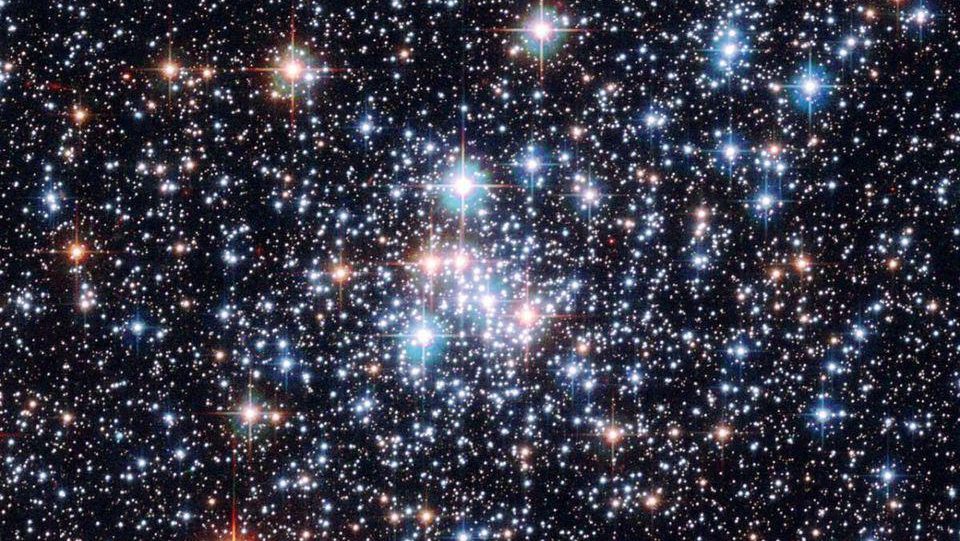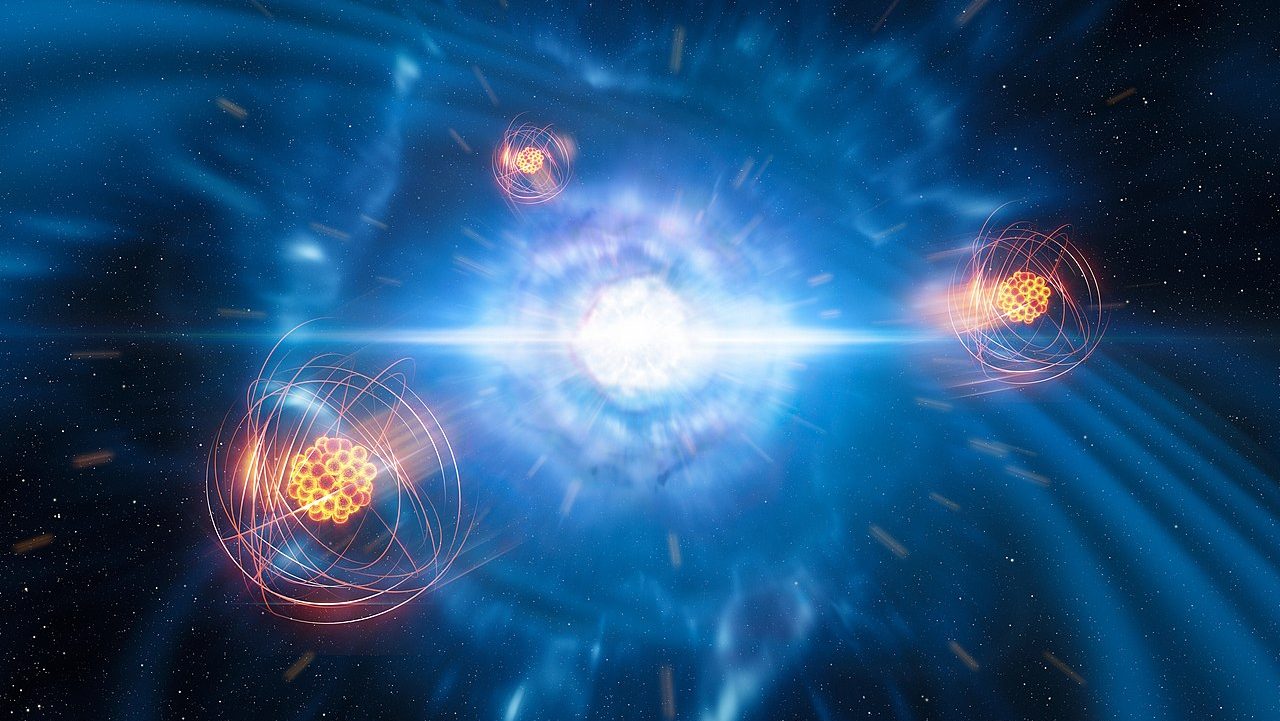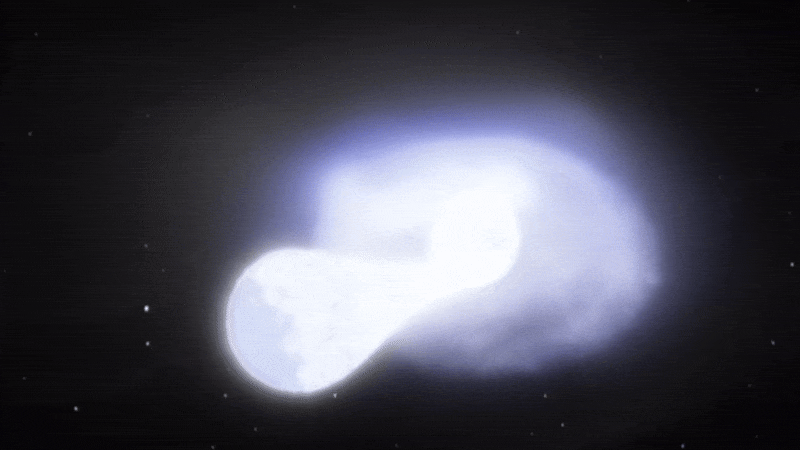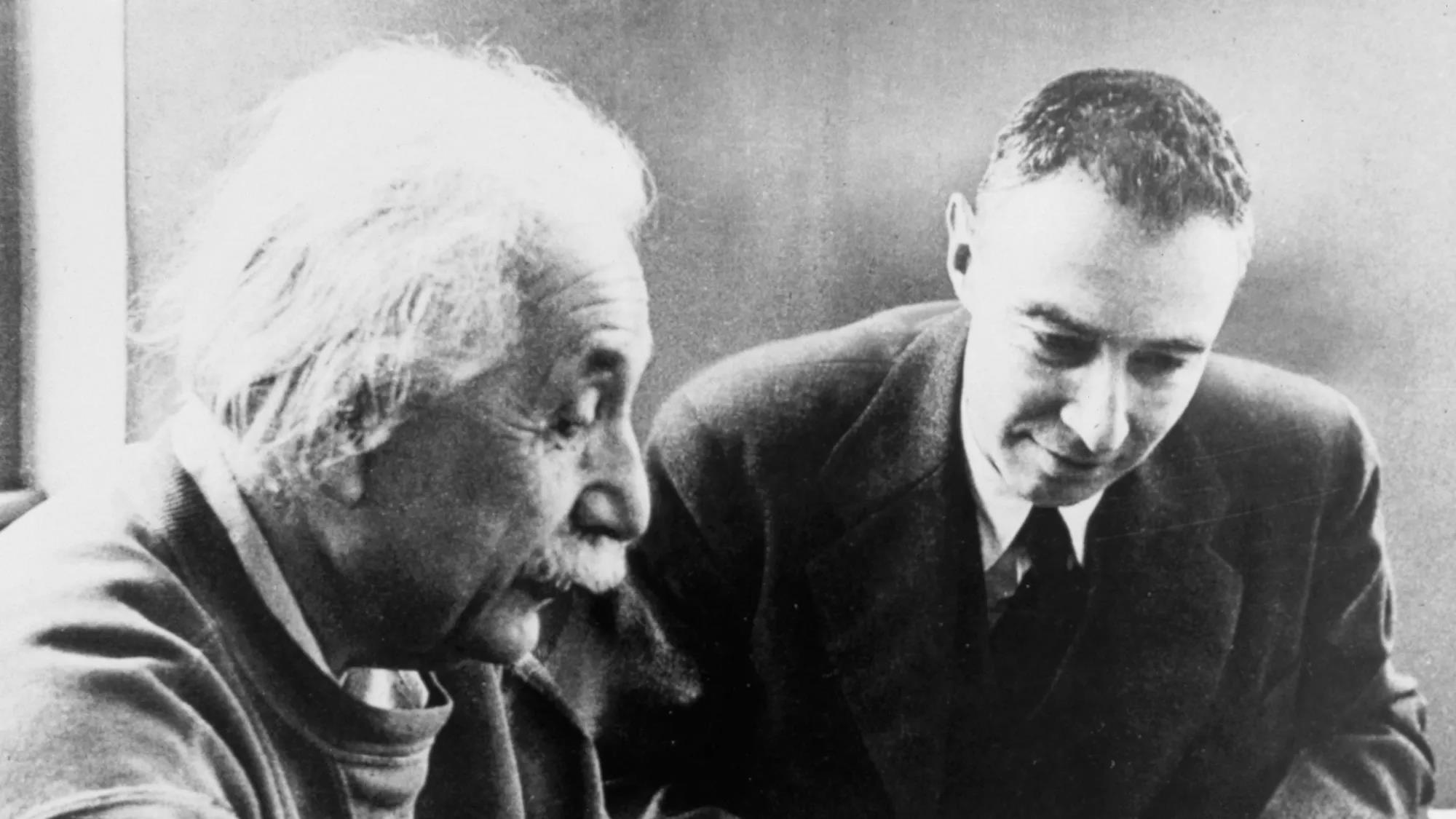Near-impossibly massive neutron star detected
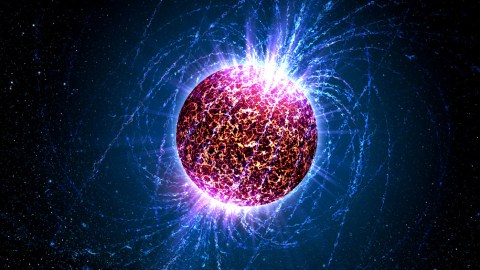
NASA
- Researchers using the Green Bank Telescope recently discovered a star dubbed J0740+6620, a neutron star that’s about as massive as they get.
- Neutron stars are unique, leftover cores of more massive stars. They’re so dense that they’re almost entirely composed of neutrons, which makes for some very strange physics.
- In J0740+6620’s case, the astronomers were quite lucky: This star exhibited two phenomena that made it easier to spot and study. Examining stars such as this one bring us that much closer to understanding some of the most extreme physics in our universe.
Outside of black holes, neutron stars are the densest objects in our universe, and the neutron star recently discovered by astronomers using the Green Bank Telescope (GBT) clocks in at the densest ever measured, approaching the theoretical density limit for such stars. J0740+6620, as the star is called, contains 2.17 times the mass of the Sun. But if you were to run a marathon, you’d have already traveled farther than the diameter of this neutron star, which is only 30 km across.
“Neutron stars are as mysterious as they are fascinating,” said Thankful Cromartie, the principal author of the paper describing the new star. “These city-sized objects are essentially ginormous atomic nuclei. They are so massive that their interiors take on weird properties.”
What are neutron stars?
As stars age and die, their final state depends on how massive they were. To understand how neutron stars form from these dying stars, we’ll need to understand how white dwarfs form first. Most stars (97 percent) will eventually become white dwarfs, the next densest kind of star after a neutron star, because of a kind of built-in cosmic stop sign. Simply put, white dwarves are so dense that the atomic bonds of their material have broken up, transforming them into a plasma of atomic nuclei and electrons. But it’s difficult to get much denser than this; electrons do not want to be in the same state as one another and will resist being compressed to the point where this would occur. Physicists call this electron degeneracy pressure.
Stars that start off with less than 10 solar masses tend to become white dwarfs, which themselves have an upper limit of about 1.44 solar masses. But if you start off with a denser star, one with 10 to 29 solar masses, you could produce a neutron star. At this point, the density of the star is so great that it overcomes electron degeneracy pressure. The electrons still don’t want to occupy the same state, so instead they are forced to combine with protons, forming neutrons as a result and emitting neutrinos. Thus, neutron stars are — appropriately enough — composed almost entirely of neutrons.
Neutron stars are held up by neutron degeneracy pressure, which works similarly to how electron degeneracy holds up white dwarfs. But also like white dwarfs, there is an upper limit to how much pressure neutron stars can take.
“Neutron stars have this tipping point where their interior densities get so extreme that the force of gravity overwhelms even the ability of neutrons to resist further collapse,” said Scott Ransom, a co-author of the paper. That’s why J0740+6620 appears to be as large as a neutron star can get: just about 2.17 solar masses. If J0740+6620 had more mass, it would have collapsed into a black hole. “Each ‘most massive’ neutron star we find,” continued Ransom, “brings us closer to identifying that tipping point and helping us to understand the physics of matter at these mind-boggling densities.”
What makes J0740+6620 special?
Animation: BSaxton, NRAO/AUI/NSF
An artist’s animation of the Shapiro delay. Pulsars shoot out beams of radio waves from their poles and spin rapidly. When they are in a binary system, we can measure the effect of their sister star’s gravity (in this case a white dwarf) on the radio waves, which enables us to estimate the sister star’s mass and, in turn, the pulsar’s mass.
There are an estimated 100 million neutron stars in the Milky Way, but most of them are ancient, cold stars, making them very difficult to detect. Fortunately, J0740+6620 was a pulsar, a type of rapidly rotating neutron star that shoots radio waves and other electromagnetic radiation out from its magnetic poles. As the star rotates, these beams appear to “pulse” from our perspective with incredible, clock-like regularity. Most neutron stars are difficult to identify, but when a pulsar’s radio waves sweep across the Earth, they become much easier to spot and study.
J0740+6620 also had another quality that it made it a lucky find for researchers. The star was actually in a binary system with a companion white dwarf. These two facts meant that the researchers were able to measure the new star’s mass through something called the “Shapiro Delay.”
As J0740+6620’s white dwarf companion passed in front of the neutron star’s beam of radio waves, astronomers on Earth could detect a slight delay in the incoming radio waves. This is because the white dwarf’s gravity warped space around it, forcing the passing radio waves to travel a touch farther than normal. By measuring this, the astronomers were able to calculate the white dwarf’s mass. Knowing the mass of one planet in a binary system makes it simple to calculate the mass of the partner; thus, J0740+6620 was discovered to be the most massive neutron star to date.
